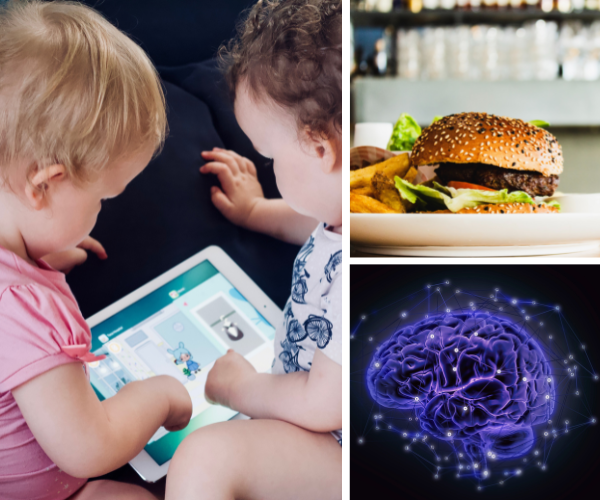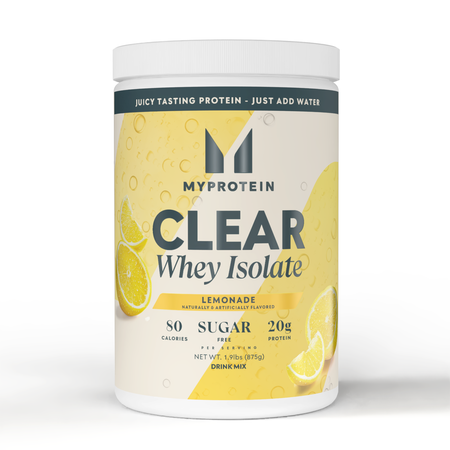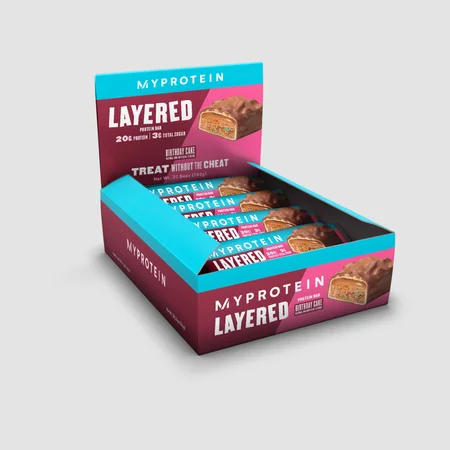
This week we're checking out what the science says about some very interesting topics. Get the latest from the worlds of health and wellness and science and use what you learn in your own life.
This week we're looking at why digital devices may not be great for calming your kids down, the correlation between processed foods and obesity, and a new brain pattern linked to food and drug cravings.
Calming Kids With Digital Devices
An all too common strategy amongst parents today is trying to calm their little ones down from emotional distress with digital devices like iPads and iPhones. The devices act as a distraction, and the kids will then often forget why they were upset in the first place. But according to a new study, this choice may have consequences down the road.
In research published in the JAMA Pediatrics journal, 422 parents and 422 children were analyzed to see the effects of using digital devices to calm children aged 3-5 years old. The research demonstrated that using devices to assuage children is associated with increased emotional reactivity. This connection was found to be more common amongst boys and kids with higher temperamental surgency (energetic personalities/sociability).1
The results of the study suggest that using devices to calm children may inhibit them from learning emotional regulation strategies over time.1 So if you're a parent and you're able, it sounds like you should take caution when it comes to using digital devices as a quick fix for children in distress.
Processed Foods Linked to Obesity
A recent study published in the Obesity journal calls out processed foods as a key factor in the obesity epidemic. This may not come as a surprise- we all know processed foods are not healthy. However, the study sheds light on exactly what's going on in the body and why processed foods are causing people in Western countries to eat more. This year-long study analyzed over 9 thousand Australian citizens, including adults and children over 2 years old, using data from the Australian National Nutrition and Physical Activity Survey.2
The results demonstrated that low-protein, highly processed foods are causing people to eat more due to a biological response to macronutrient imbalance. Basically, when you eat highly processed foods, you only get a little bit of protein. But as a species, we crave protein, and according to the researchers, have a "dominant appetite for protein".2 This causes people to eat more processed food, because of the natural and biological desire for more protein.2
The implications of this study are that imbalanced food environments may have a large influence on the obesity epidemic. And that having a food culture that is depleted of protein is causing our bodies to crave more food.2
Neuromarker for Drug and Food Cravings
A large factor in substance abuse and addictions to things like food and drugs is cravings. We all know that cravings can influence behavior and even lead to addictions, but not much is known about what in the brain is causing cravings, and if a craving for one thing is related to a craving for another.
In a recent study published in Nature Neuroscience, a specific brain pattern was linked to both drug and food cravings. Researchers were able to identify the pattern by using brain scan images of people given food and drug cues and a machine learning algorithm to detect any similarities in their brain activity. Researchers were also able to distinguish between drug users and non-drug users based on the pattern.3
The study provides new insights into the neural side of addiction and cravings and could potentially help with the diagnosis and treatment of this disorder in the future.3
The new information could also potentially be used to distinguish between drug and non-drug users and become helpful in the diagnosis of substance abuse disorders.
Take Home Message
This week we discovered that digital devices may not be the best cure for toddler tantrums, processed food can lead to overeating, and there is a specific brain pattern that indicates cravings and addiction. That's it for this week's top studies, happy learning.
READ THESE NEXT:

Don’t Let the Festivities Throw You Off Track | Tips for Healthy Holiday Eating
Excited for dinner? We're breaking down how not to overdo it with holiday meals ...

Hot vs. Cold: The Health Benefits of Temperature Therapy
Hot or cold... the timeless question....

Studies Show Early Rising is Good For You After All
Learn the benefits of going to bed and rising early according to the latest rese...

A Rutgers University Honors graduate, Jamie grew up on the Jersey shore and double majored in Comparative Literature and Anthropology in college. Jamie is an experienced writer in the health and wellness, biotech, and eCommerce fields. She loves writing with a purpose and has even written for the Department of Justice.
Jamie became drawn to exercise during her time in university and began to notice the physical and mental benefits of moving your body daily. Today, Jamie enjoys Pilates, light weight training, and going on long walks in nature daily.
Jamie is also passionate about eating right and prioritizing gut health and immunity. She is always trying the next innovation in health and wellness. When she’s not writing articles, Jamie enjoys reading, playing guitar, and finding dogs to play with.
- Radesky JS, Kaciroti N, Weeks HM, Schaller A, Miller AL. Longitudinal Associations Between Use of Mobile Devices for Calming and Emotional Reactivity and Executive Functioning in Children Aged 3 to 5 Years. JAMA Pediatr. Published online December 12, 2022. doi:10.1001/jamapediatrics.2022.4793
- Grech, A., Sui, Z., Rangan, A., Simpson, S. J., Coogan, S. C. P., & Raubenheimer, D. (2022, November 2). Macronutrient (im)balance drives energy intake in an obesogenic food … Wiley Online Library. Retrieved December 23, 2022, from https://onlinelibrary.wiley.com/doi/10.1002/oby.23578
- Leonie Koban, Tor D. Wager, Hedy Kober. A neuromarker for drug and food craving distinguishes drug users from non-users. Nature Neuroscience, 2022; DOI: 10.1038/s41593-022-01228-w










